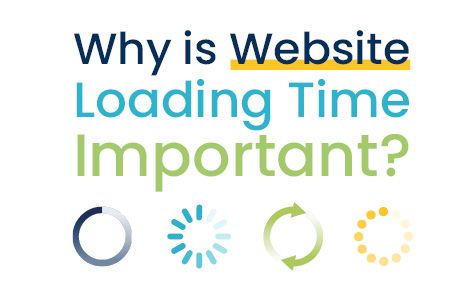
SEO (Search Engine Optimisation) is a long-standing digital marketing practice that focuses on improving website rankings in traditional search engine results pages (SERPs) to drive organic traffic. GEO (Generative Engine Optimisation), on the other hand, is a new strategy that aims to optimise content for AI-powered tools and search engines with the goal of getting content cited and summarised directly within AI generated responses.
To learn more about the differences between SEO and GEO, keep reading this blog!
More...

If you have been exploring how to get your website’s content ranked on Google, then you have probably come across E-E-A-T in your research. E-E-A-T is an acronym for Experience, Expertise, Authoritativeness and Trustworthiness, and is a framework that has been used by Google since 2014 to assess the quality of online content. The purpose of this framework is to ensure users receive reliable, high-quality and helpful information in response to their queries.
Despite Google claiming that E-E-A-T is not a direct ranking factor in their search algorithm, understanding and optimising for E-E-A-T has been shown to strongly correlate with SEO success.
So, if you want to give your website an SEO boost and watch your rankings climb, keep reading this blog for our expert advice on how to demonstrate experience, expertise, authoritativeness and trustworthiness in your online content.
More...

Frequently asked questions or FAQs are a staple feature of many websites, but did you know that they can be a valuable tool for boosting your site’s SEO (Search Engine Optimisation) and user experience? By featuring well-crafted and optimised FAQs on your website, you can help users find answers to their burning questions, improve your website’s ranking on search engine results pages and keep your users coming back for more!
More...

Have you ever wondered how search engines like Google and Bing know which pages to display when you search for information? Why do some websites appear at the top while others are buried deep four or five pages down in the results? The process behind it all is based on three fundamental concepts: Crawling, Indexing and Ranking.
More...

Website loading time is the time it takes for a website, or a page on a website, to fully load onto a screen. This also includes the content within the page, such as text, images, videos and pop-ups.
More...